|
In the Fifties, Andy Warhol’s technique of massive silkscreen reproductions brought on the collapse of the Avant Garde’s search for an object or theme that would be a subject of artistic interpretation in any and all areas. For Warhol, art did not effect or imitate life; life was an art in itself, a view which bestowed importance on moments and reshaped the experience of everyday life in its entirety. Living in Mexico City, it is inevitable that I think of Warhol every morning, as I find the front pages of newspapers practically slippery with blood, showing an execution or decapitation, or perhaps, as in yesterday’s paper, photographs of a child beaten to death and bitten by his adolescent mother. Violence in art is not a theme that little has been written about; however, as theorists say, it has always been explored from the “obsolete” paradigm of aesthetics. These graphic photos taken by the journalists of this city—do they possess any aesthetic value? And if not, why not? How is it that around the world there are exhibitions of illustrations, paintings and video pieces that portray violence through artifice, yet it is neither artistically, nor politically correct to have an exhibition that celebrates, say, the decades of news photography in “La Prensa,” a model of yellow journalism? In the last few years, this country has undertaken a superfluous search for that which defines our identity. Indeed, we have adopted fashions that try to replicate "indigenous and folk" customs and traditions, but do so by stripping them of their meaning and through recontextualizing them in pricey textile designs or commercialized industries. We try to realize the creation of a market for original national products, all the while exalting our name in stock markets for creating jobs in different and distant communities. All this notwithstanding, it is worthwhile to examine the authenticity of this cultural richness; is this apparent peace and harmony between diverse towns enough to define a country? Would not the violence, corruption and terrible crimes committed by members of government and society be a more truthful identification card? Would it not be more useful to present our own reality as it is, rather than turn to other more cosmopolitan latitudes to disguise ourselves in international style, leaving us laundered of all our natural crudity? The first option could result in an exercise of reflection, possibly with the participation of all citizens, through which we could confront ourselves, from the worst part of our identity, the worst of our reality. Sadly, the benefits that this could bring to artists and galleries cannot be seen, and we continue to delight ourselves in our caramelized society and cultural production— its internationality and its convenient ambiguity.

Recommended articles

|
|
Borrowing heavily from fairy tales, fables and science fiction, the art of Magda Tóthová revolves around modern utopias and social models and their failures. Her works address personal and social issues, both the private and the political. The stylistic device of personification is central to the social criticism emblematic of her work and to the negotiation of concepts used to construct norms.…
|

|
|
Why political intellectuals, do you incline towards the proletariat? In commiseration for what? I realize that a proletarian would hate you, you have no hatred because you are bourgeois, privileged, smooth-skinned types, but also because you dare not say that the only important thing there is to say, that one can enjoy swallowing the shit of capital, its materials, its metal bars, its polystyrene…
|

|
|
An American poet was invited to the White House in order to read his controversial plagiarized poetry. All tricked out and ready to do it his way, he comes to the “scandalous” realization that nothing bothers anyone anymore, and instead of banging your head against the wall it is better to build you own walls or at least little fences.
|
|








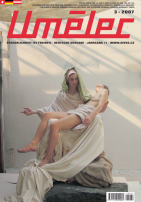












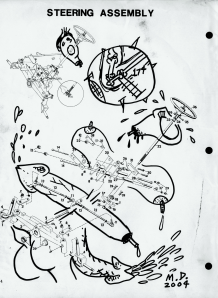





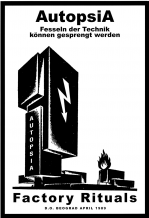
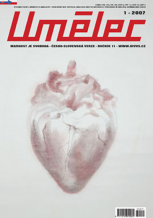
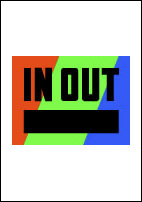


 We Are Rising National Gallery For You! Go to Kyjov by Krásná Lípa no.37.
We Are Rising National Gallery For You! Go to Kyjov by Krásná Lípa no.37.
Comments
There are currently no comments.Add new comment